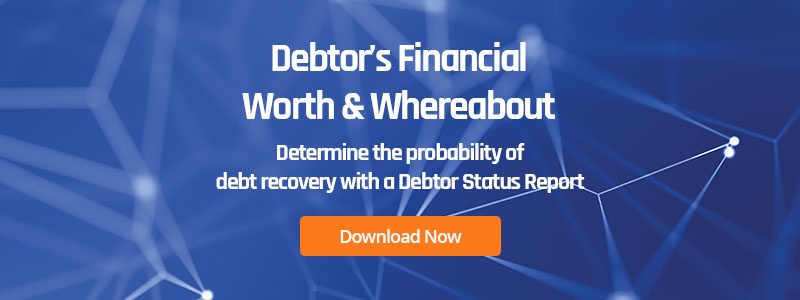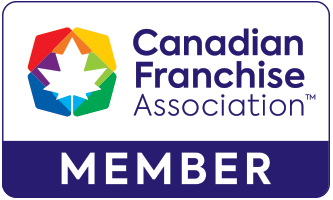According to the Office of the Superintendent of Bankruptcy; “Consumer insolvencies for the 12-month period ending December 31, 2019, increased by 9.5% compared with the 12-month period ending December 31, 2018. Consumer bankruptcies decreased by 1.2%, while consumer proposals increased by 17.9%. The proportion of proposals in consumer insolvencies increased to 60.3% during the 12-month period ending December 31, 2019, up from 56.0% during the 12-month period ending December 31, 2018. For the 12-month period ending December 31, 2019, consumer insolvency filings accounted for 97.4% of total insolvency filings.”
With the insolvency numbers on the rise, use a QCR report to identify those affected individuals. When compiling credit information to confirm the creditworthiness of your prospective tenant, franchisee, dealer or business partner, it is essential that you confirm the individual’s history of both Bankruptcy and Insolvency and although they are both negative, we should understand that there is difference between the two.
You may often hear the terms “Insolvency” and “Bankruptcy” being used interchangeably, but they have different meanings. Insolvency is a financial state where a person cannot meet debt payments on time. Bankruptcy is a legal process that happens when the individual declares that their debts cannot be paid to the creditors. QCR provides both insolvency and bankruptcy details in our comprehensive reports.
What is Consumer Insolvency?
Individuals are considered insolvent when they are unable to pay their debts on time. If an individual becomes insolvent they may choose to file for bankruptcy, or you can deal with your debts by means of a consumer proposal or debt consolidation.
What is a Consumer Proposal?
Consumer proposals under the Bankruptcy Act are an alternative to bankruptcy for the individual debtor. Making a proposal to creditors is method of satisfying their debt, wherein it is proposed to change the amount of the debt and/or payment terms of the debt. The creditors can vote to accept or reject a debtor’s proposal. If creditors accept the proposal, it will become binding and there is no transfer of assets to the Trustee. If the proposal is rejected, it amounts to an act of bankruptcy and the creditors can then petition for an order. Proposals are often accepted as the creditor will have the opportunity to at least receive a portion of the debt owed to them.
What is Consumer Bankruptcy?
Bankruptcy is the legal process where an individual files for protection from their creditors under the Bankruptcy and Insolvency Act. Bankruptcy is a formal process whereby debtors who cannot meet their obligations sign over all of their assets to a
Licensed Insolvency Trustee whose role includes selling off those assets to satisfy outstanding debts. Once debtors are formally declared bankrupt, lawsuits by creditors and garnishments against debtors' salaries are stayed.
It is important to note that although a consumer proposal may seem like a better alternative to bankruptcy, it still reveals an individual’s inability to manage debt. Let QCR make this information available within our report, allowing you to correctly analyze the creditworthiness of your prospective tenant, franchisee, dealer or business partner.
Watch for our next blog in March which will cover Commercial Insolvency, Bankruptcy and Receivership.





